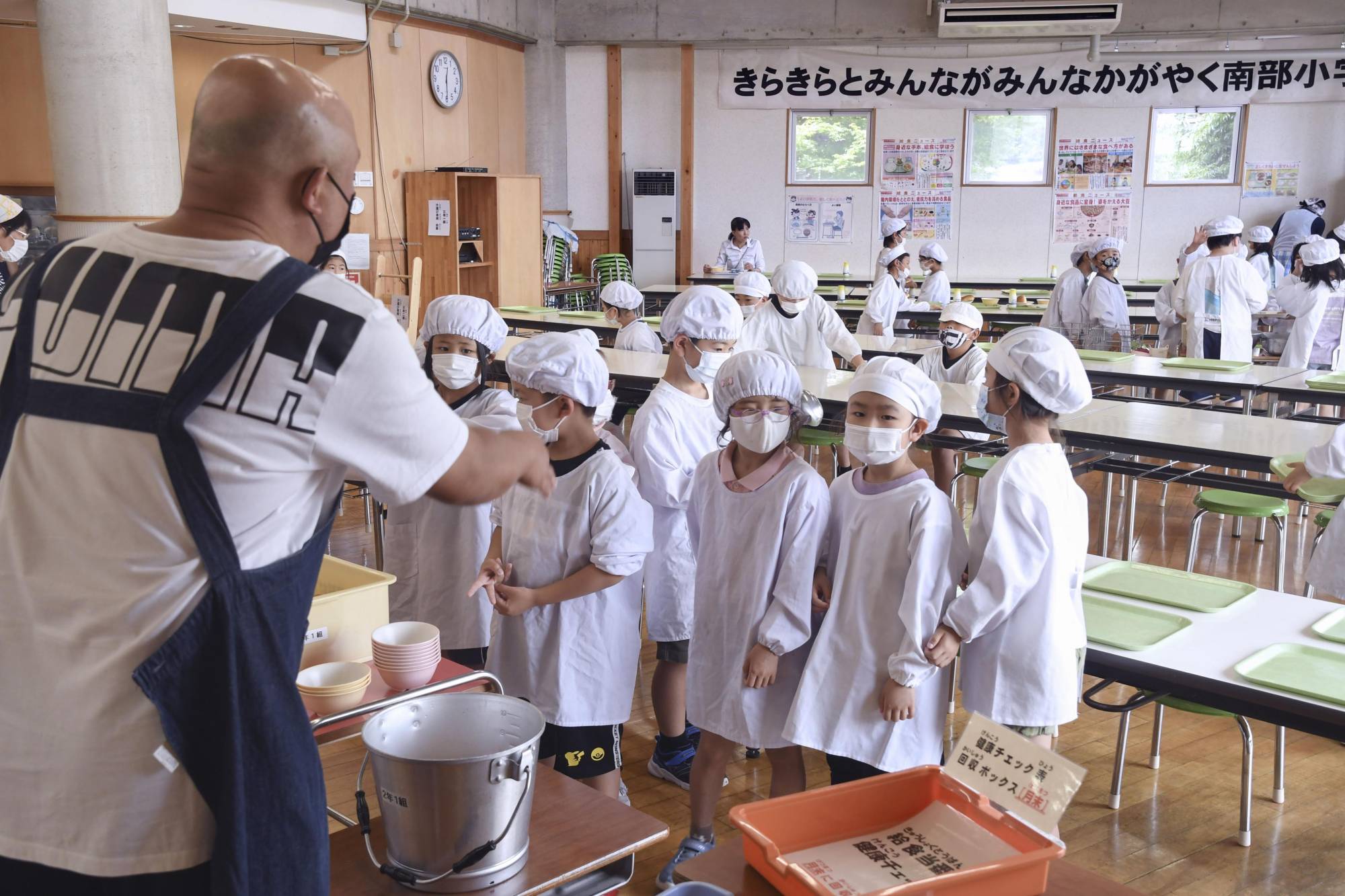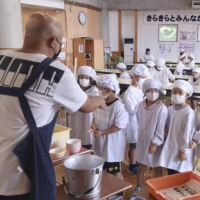The number of students in elementary and junior high schools in Japan fell by around 1 million from a decade earlier to about 9.56 million in 2020, according to a government survey, underscoring the rapid graying of the country's population.
The survey showed that 346 of the 1,892 municipalities in Japan had seen student numbers in the compulsory education system dwindle by more than 30% in the 10 years.
The number of elementary and junior high schools in the country stood at 29,793, down by about 3,000 due to an accelerated pace of closure and consolidation of such schools, especially in rural areas.
The survey by the education ministry covers state-run, municipality-run and private schools. Attending elementary school and junior high school is compulsory in Japan.
The largest margin of decline came in Okuma, Fukushima Prefecture, which posted a 99% fall in the number of such students over the 10-year period.
It stemmed from evacuation of the area following the nuclear disaster at the Fukushima No. 1 power plant in the town, triggered by the massive earthquake and tsunami in 2011.
The village of Kamikitayama in Nara Prefecture saw the number of students fall 81%, followed by a 65% drop in the village of Nammoku, Gunma Prefecture, and a 64% decline in the village of Otaki, Nagano Prefecture.
However, the number increased in 237 municipalities, many of which are in urban areas such as Tokyo, as well as Osaka, Aichi and Fukuoka prefectures.
And while many municipalities in rural areas logged a fall in student numbers, some reported an increase.
The number in Nonoichi, Ishikawa Prefecture, rose 20% to 4,842, and that in the village of Minamiminowa in Nagano increased 6% to 1,501.
Rises were reported in commuter towns for metropolitan areas as well as municipalities that have implemented measures to support households with children.




